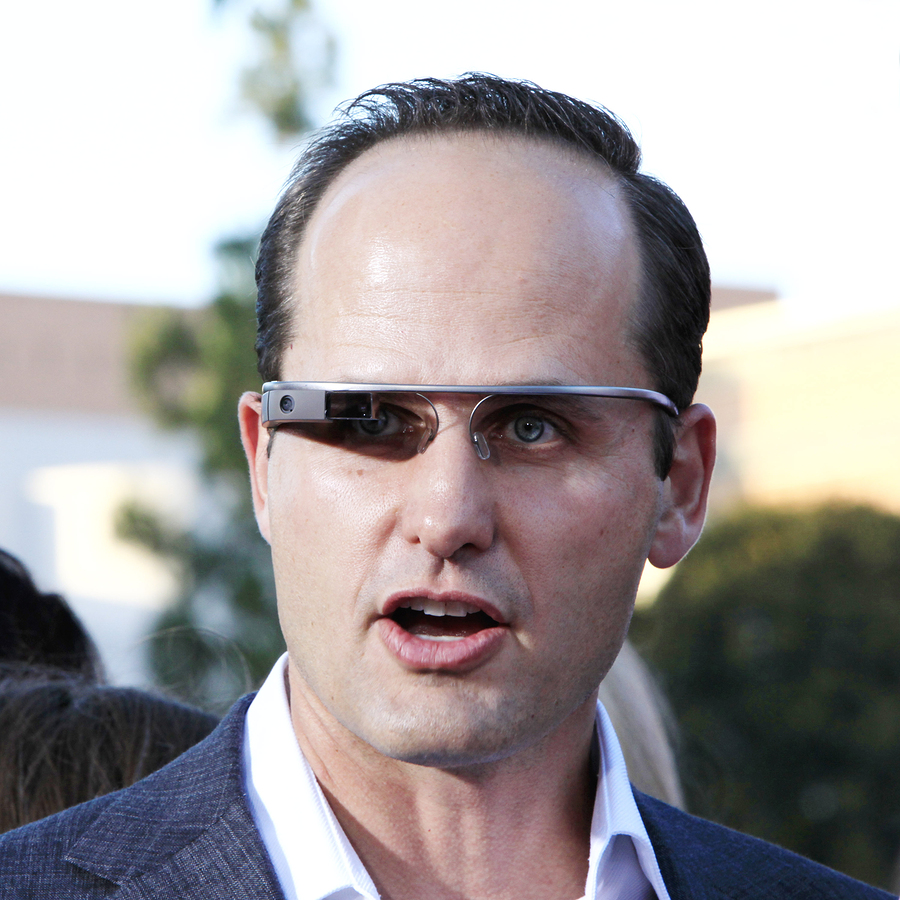Google Inc. (NASDAQ:GOOGL) stopped taking orders for the, now officially deceased, Google Glass on January 19th 2015, stating its limitations in software performance, and privacy-related legal issues, as reasons for its withdrawal from the market. However, analysts are split over Google’s decision on the matter, and have argued for and against it.
The arguments in favor of Google’s decision state all those facts that Google presented as premise for the withdrawal of Glass to justify its withdrawal. According to such proponents of Google’s decision, the Glass did not have the capacity to penetrate the market as firmly as other mainstream technologies have done, because developers had begun to give up on the device stating its narrow limitations disallowing for functional software to be made for it. Because of lack of applications to run on the Glass platform, demand for the Glass would’ve been dismal once the product had entered the mass production stage, according to proponents of the Glass withdrawal discussion.
However, analysts against the decision taken by Google say the Glass technology had already started to become comfortable in the market, if not in the mainstream market than in the medical industry. Surely, one of the most beneficial uses stated by Google for the Glass was its use in the health industry, especially to aid surgeons during complex surgeries.
And this argument has become genuinely supportive of those against Google’s decision to withdraw Glass from the production line. After the withdrawal announcement was made, many blogs and stories started to appear all over the internet, stating the many benefits that Google Glass continuously provided to many people, especially those who had certain deficiencies.

One story has perhaps outlined exactly why Google should not have rushed towards kicking the Glass technology off the production line. The story is told by Ned Sahin, who is a cognitive neuroscientist and recently launched Brain Power, a startup with the aim to utilize the Glass technology to aid children with autism in developing better social interaction skills. Because the Glass has a display of a heads-up nature, instructions can be provided to the autistic children while they engage with others, with performance being measured with the help of the installed accelerometer on the device.
Sahin argues that the Glass technology, with such a use for autistic children and the right software that his company would be providing for the device, then becomes the best tool for children with autism. According to Sahin, this use alone justified the production of Glass, and earned it enough prestige to continue in the developmental stage.
And Sahin may not be completely wrong. Some analysts, who view the Glass’s 2-year long road it had come before being taken off the assembly line, agree that the device had improved immensely, and was the best wearable tech in the industry, being both stable and perfectly operational.
People like Sahin have started to emerge everywhere with their Google Glass success stories, making analysts wonder if Google did make a bad mistake withdrawing Google Glass from the industry. However, Google Inc. (NASDAQ:GOOGs) may have a justifiable plan under its sleeve, and the promised Google Glass 2.0 may be just what the world needs and wants. For now, the medical industry is happy with the Glass, and using it to aid in its operations, successfully.



